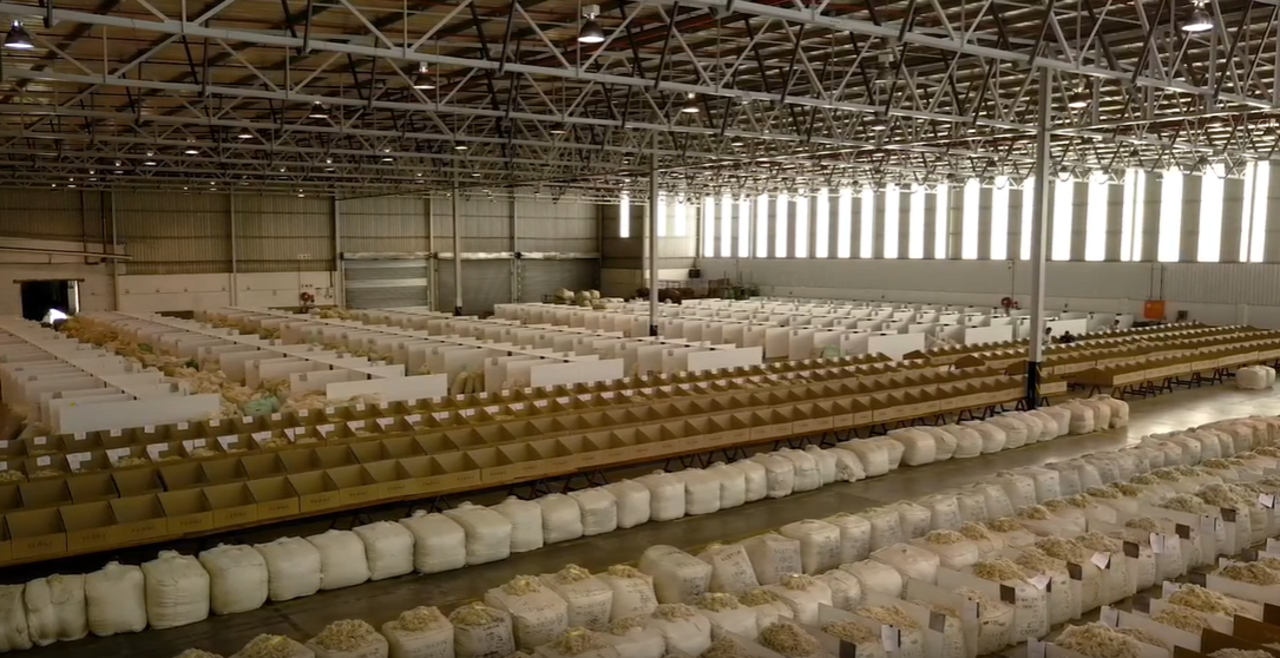Seed Contamination: What Are The Facts? The current summer mohair selling season did experience a larger than normal amount of contamination by vegetable matter (seedy) in mohair. Seventy % of the total contaminated weight this season is from adult mohair. These types are selling quite successfully if you accept the price reduction as fair. Currently, a light seedy have,
- A 10% reduction in price compared to the clean mohair with a similar clean yield, micron, and length.
- A medium seedy has a price reduction of 40% and
- A heavy seedy a price reduction of 80%.
This is serious money gone down the drain. What can I do about it?
- The most successful way is to shear the goats' long fleece off and, if you have enough labour, to remove the seed by hand. Keep different age groups and lengths separate. The buyers give preference to this way. It is unfortunately expensive if you use skilled labour, although at least you have an accurate way to work out if it is financially worth your while or not. Some farmers use these types as an opportunity to create jobs for the people desperately looking for jobs as a social welfare project. A solution where everyone benefits.
- I have a whole lecture on what to do to prevent seed contamination, but I am afraid that this coming winter season, farmers are going to run out of options on the farm because where there is natural food for animals, there will be seed contamination as well. With modern technology available, as demonstrated on the mohair information day at Fourie de Jager in Cradock, it is financially viable to keep your high producing animals in one place where there is no contamination and feed them till they must be shorn again.
- If you do not want to do that, there is only one option left: to remove the seed mechanically at one of the brokers. The Piranha that is used by House of Fibre and BKB is extraordinarily successful if you do it in the correct way. It is important that the mohair is only going once through the Piranha to avoid excessive damage to the mohair. After this process, it must be sorted by hand. In most cases, this system works well, and most mohair will move one grade up, for example, from a heavy seedy to a medium seedy, or a medium seedy to a light seedy. The financial gain out of this process exceeds the cost by far. However, the time to do this is a big negative factor, but at least it is a viable option.
- Technology is also not standing still, and the team at House of Fibre are constantly looking all over the world for what is available to help our farmers. We will inform farmers when we have updated news.
Kind regards PIERRE DU P VAN DER VYVER GENERAL

